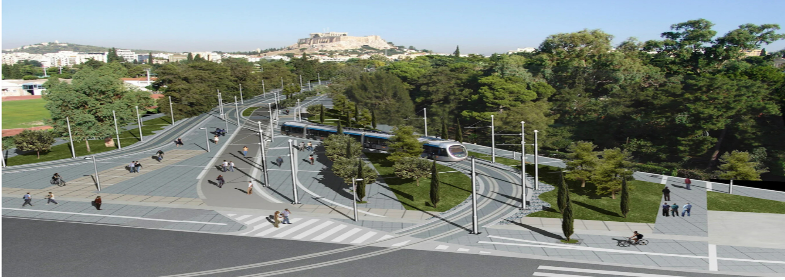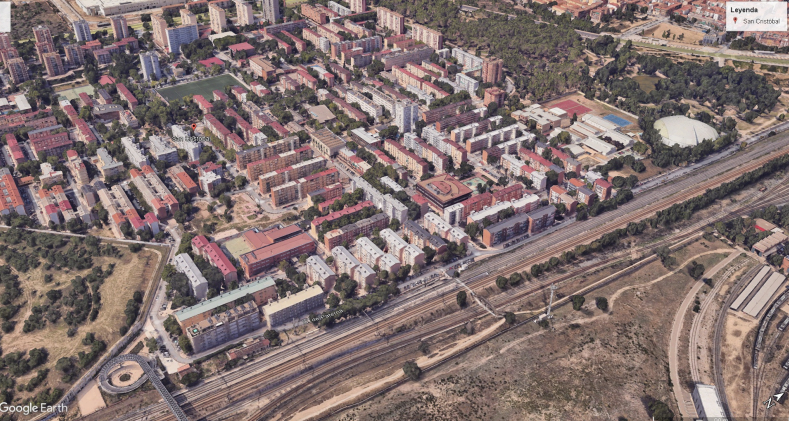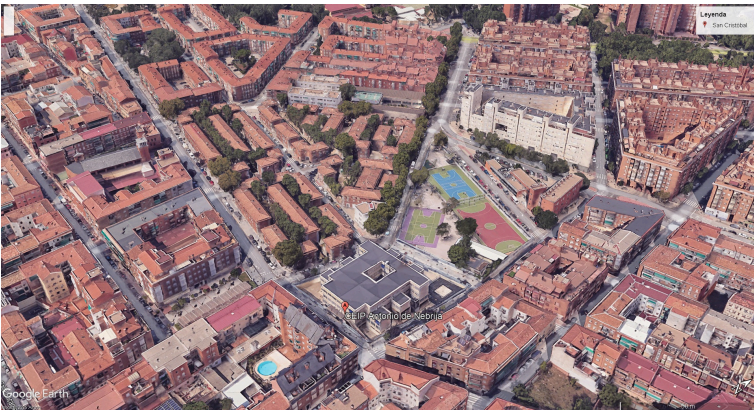Athens: The Athens pilot focuses on the regeneration of Vasilisis Olgas Avenue, one of the city’s most emblematic urban axes, located at the heart of the Greek capital. Spanning 28,360 m², the area connects three of Athens’ most important historical and cultural landmarks — the Temple of Olympian Zeus, the Zappeion, and the National Garden — and serves as the final missing link in the city’s “Great Archaeological Walk,” uniting key heritage sites from Kerameikos to the Panathenaic Stadium.
Today, the avenue is characterized by dense urban fabric, limited green space, heavy motorized traffic, and insufficient stormwater drainage. Despite its strategic central location and touristic significance, the area faces challenges of overheating, air pollution, low pedestrian accessibility, and minimal local community engagement. At the same time, the site’s archaeological sensitivity calls for an adaptive design that balances heritage protection with urban sustainability.
The project aims to transform the Vasilisis Olgas Avenue into a green and cooling corridor, able to address the Urban Heat Island effect, along with enhancing the climate resilience and the urban livability. Through the Nature-Based Solutions, it will introduce native and non-invasive species—including 158 trees and over 8,500 shrubs—to improve microclimate regulation, biodiversity, and stormwater management. The regeneration will also include permeable surfaces, a new stormwater pipeline, and expanded pedestrian and cycling routes, improving both mobility and flood resilience.



By Q2 2026, the Vasilisis Olgas Avenue Regeneration is expected to deliver a green, accessible, and culturally rich urban corridor that reconnects people with nature and heritage at the very heart of Athens. Supported by Urbreath digital tools for participation and monitoring, the pilot represents a vital step toward a climate-adaptive, inclusive, and sustainable Athens, turning a congested roadway into a living landscape of resilience and identity.
Parma: The San Leonardo pilot in Parma is a regeneration initiative focused on transforming one of the city’s most densely populated and socially diverse neighborhoods into a healthier, safer, and more resilient area, capable of adapting to climate change while strengthening community life. Located north of Parma’s historic center, San Leonardo combines residential, industrial, and commercial areas and is home to a vibrant multicultural population. Despite its vitality, the district struggles with poor air quality, traffic noise, limited green spaces, heat island effects, and social and economic vulnerability. The project takes advantage of local strengths such as active civic associations, available public land, and a strategic location to test innovative, sustainable solutions.

Actions include creating new green infrastructure—urban reforestation, green roofs, permeable surfaces, community gardens, and resilient streetscapes—alongside mobility improvements and the establishment of a Climate Community Center and a renewable energy community. Supported by digital tools for monitoring and planning, the initiative aims to lower temperatures, reduce flood risks, increase green coverage, and promote social inclusion, participation, and environmental awareness. The San Leonardo pilot represents a practical step toward a citywide Climate Adaptation Plan for Parma, turning local challenges into opportunities for sustainable urban transformation.
Madrid: Pilot 1 | Urban Regeneration in San Cristóbal : The San Cristóbal pilot project is the most ambitious URBREATH initiative in Villaverde. Under the slogan “stitching the neighborhood to open it up to the future,” it seeks to transform the spaces between blocks into habitable, safe, and green spaces.

San Cristóbal encompasses many of the district’s challenges: urban isolation, lack of green infrastructure, social vulnerability, and global warming. Therefore, the project proposes a comprehensive regeneration that connects the neighborhood with itself and its surroundings, drawing on the previous experience of the Navas Primary School in Tolosa within the LIFE PACT framework.
Madrid: Pilot 2 | Colonia de Ferroviarios: The Colonia de Ferroviarios (Ferroviarios Colony), in Villaverde Bajo, is a unique example of neighborhood-wide regeneration. The pilot project is centered around the Antonio Nebrija Elementary School as the focal point of the project and aims to gradually transform the inter-blocks and open spaces into accessible, green, and convivial areas.

Under the slogan “transforming the colony from the school,” this project seeks to restore vitality to this iconic neighborhood, strengthening both its urban fabric and community and commercial life.
